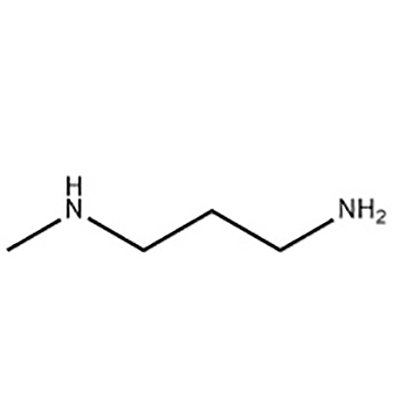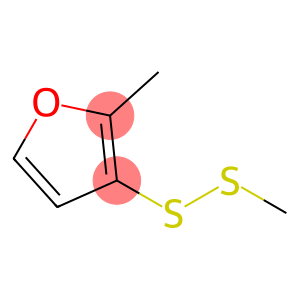Tetraethyl orthosilicate(CAS#78-10-4)
| Hazard Symbols | Xn – Harmful |
| Risk Codes | R10 – Flammable R20 – Harmful by inhalation R36/37 – Irritating to eyes and respiratory system. R36/37/38 – Irritating to eyes, respiratory system and skin. |
| Safety Description | S16 – Keep away from sources of ignition. S36/37/39 – Wear suitable protective clothing, gloves and eye/face protection. S26 – In case of contact with eyes, rinse immediately with plenty of water and seek medical advice. S24/25 – Avoid contact with skin and eyes. |
| UN IDs | UN 1292 3/PG 3 |
| WGK Germany | 1 |
| RTECS | VV9450000 |
| TSCA | Yes |
| HS Code | 2920 90 70 |
| Hazard Class | 3 |
| Packing Group | III |
| Toxicity | LD50 orally in Rabbit: 6270 mg/kg LD50 dermal Rabbit 5860 mg/kg |
Introduction
Ethyl silicate is also known as tetraethyl silicate and tetraethoxysilane. Colorless transparent liquid with special odor. It is stable in the presence of no water, decomposes into ethanol and silicic acid in water, becomes turbid in humid air, and is soluble in organic solvents such as alcohol and ether. Toxic, strong irritation to human eyes and respiratory tract. It is prepared by distillation after the action of silicon tetrachloride and absolute ethanol. It is used to make heat-resistant and chemical-resistant coatings and silicone solvents. It can also be used for organic synthesis, basic raw materials for preparing advanced crystals, optical glass treatment agents, binders, insulating materials for the electronic industry, etc.








